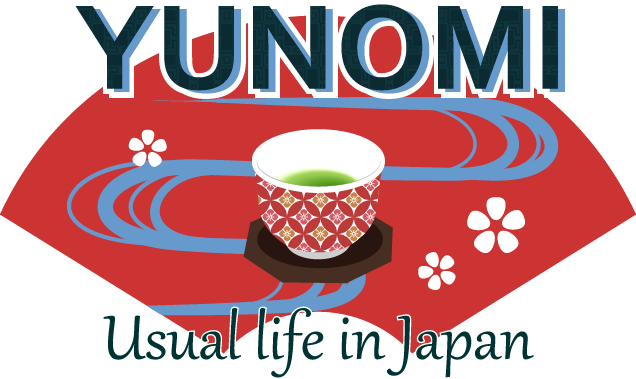-

-
Let's find your own "Chawan" in Japan
‘Chawan’ is a collective noun for the ceramics used to serve meals. In many countries, dishes serve for anyone indifferently. Though in Japan, basic pieces of dishes – such as plates, bowls, cups, and so on, except large serving dishes and plates – are personalized. When a family takes meals, each of the family members uses their own chawan. The size of chawan is prepared to match the user The big daddy would need a bigger portion to eat so that his set shall be a larger one. Mother’s could be secondly large. For small kids, the smaller ones will ...
-

-
Emoji: Let's convey your thoughts with Pictogram
I guess ‘Emoji’ is one of the must-have apps. on the mobile phone. Those emotions and pictures help a lot to convey the nuances which alphabets cannot do enough; it softens the words and strengthens the emotions. But did you know the word ‘Emoji’ is Japanese? ‘E’ means picture and ‘moji’ means character, i.e. pictograph. Although Emoji first appeared on Japanese mobile phone in late 1990's, the use of pictograph in writing had been seen since 1980’s among young generations. Haven’t you found some Emoji icons that you would want to question what they mean? The Emoji app. includes a ...
-
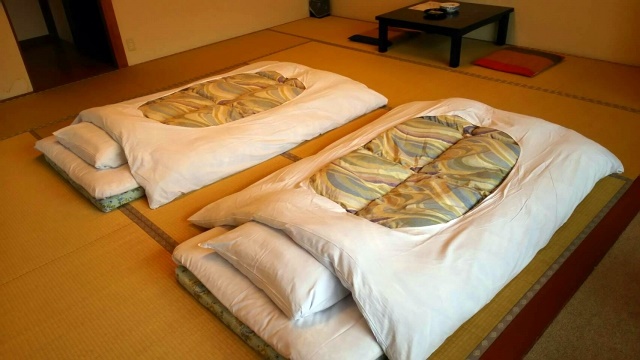
-
Futon: I was very comfortable so I went back to sleep
Any idea about Japanese style bedding? In fact, western style bedding is becoming popular more and more, but traditionally Japanese sleep on ‘Futon’ prepared in a Tatami room. The word “futon' is used very loosely in English these days, referring to thick mattresses, duvets and sofa beds. The full futon set consists of several parts. Futon set A set of Futon bedding consists of a mattress, blanket/s, and a duvet as well as a pillow. They are used with the covering for easy washing to keep them hygienic. Futons are filled with cotton or feathers. First, a ...
-

-
The changing style of Japanese homes
Despite its significance to the life and health, household chores are often under-evaluated as a work, just because its value is not easily recognised as in the way we hardly dare to acknowledge how much air and water mean to our lives. You may catch a hint of male chauvinism in Japanese tradition; access of women to the Sumo ground is strictly prohibited, daughters of Emperor Family cannot take the throne but they are rather dismissed from the royal family once they get married. You may be also suggested by the low rate of political and executive positions taken by ...
-

-
Saving is one of the core ideas of Japanese style of living
It is said that in Edo era, everything was recycled in the metropolitan city of Edo. The idea has been nurtured until now being aware that Japan is a natural-resource-poor country. Though there were some times that the idea of overheat consumption was appreciated as seen in the late 80's. But people are basically very keen to live frugally. A lot of saving ideas are shared via books, magazines and internet etc. and people don’t wait to bring those ideas into practice. It is a common tip to use bath water for washing clothes Pump up the remaining bath ...
-

-
Kodomo-kai: There is a system that increases the experience value of children
It is quite common for kids from 6 years old under age 12, i.e. children of primary school age, to enrol the activity club called ‘Kodomo-kai’. ‘Kodomo’ means children and ‘Kai’ means society, club or gatherings in Japanese. The purpose of the kodomo-kai is to provide children with a chance to communicate and cooperate with younger and elders in the community and give them variety of experiences outside of the family and school life, with the backup of their parents. Funding source of "Kodomo-kai" A few coins of the fee are collected from every member monthly to keep up ...
-
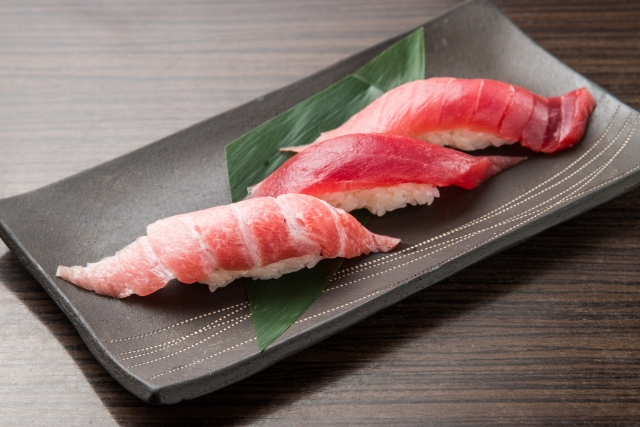
-
There are many kinds of Japanese crockery prepared according to cooking and season.
Do you have any idea how Japanese crockery could look like? If the bowls and plates you know are the ones with smooth surface and round shape, you shall be betrayed. To suit with Japanese dishes whose nature is principally simple by singling out the spirit of the ingredient, crockery has got a chance to flourish itself. Japanese table is consisted of many plates and bowls whose material and shape are varied. They are chosen according to the image of the dishes and also four of the seasons of Japan. For instance, the cool and handsome look of glassware and ...
-
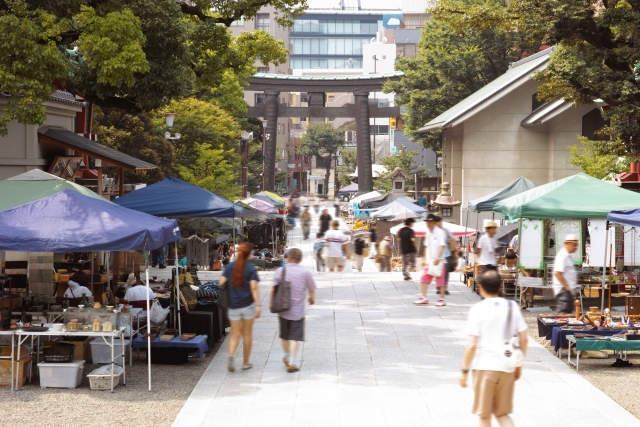
-
Antique Markets in Japan: Where Everyday Objects Become Hidden Treasures
Antique lovers will be delighted to know that Japan has a thriving market scene filled with charm and history.From small local gatherings to large monthly events, these markets offer a fascinating glimpse into Japan’s past — and maybe, a chance to find your own little treasure. A Serene Setting Beneath the Shrine Trees One of the most beautiful things about Japanese antique markets is their setting.Many are held in the precincts of shrines, where tall trees sway quietly and the air feels calm.It’s a perfect match — the sacred atmosphere of the shrine and the nostalgic charm of timeworn objects. ...
-
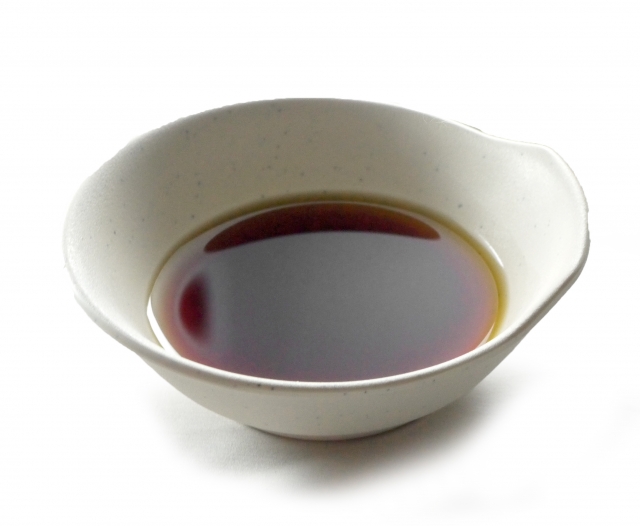
-
Soy sauce is the most common seasoning in Japan
If the spices are the base of Indian cuisine, Soy sauce is undoubtedly the base of Japanese cuisine. Soy sauce which is called ‘Shoyu’ in Japanese is made from nothing but soybeans, salt and wheat. No any additives. There are 5 main categories in Japanese shoyu. Koikuchi which means thick taste -- type is the mainstream. It develops mainly in the Kanto area, and it is characterized by excellent balance of scent, color and taste. Usukuchi "Usukuchi" means "color is pale". Salt is 18 ~ 19% and it is about 2% higher than Koikuchi soy sauce. ...
-

-
What is "Renrakumou”? It makes me think of a Chinese whispers
Every school classes or group of certain members would like to organise ‘Renrakumou’. Renrakumou is a list on which the member’s name and contact details are written. With renrakumou, you won’t need to collect member’s contact by asking individually. Especially, renrakumou made in schools has a purpose of emergency network When school has got some notices that they want to spread to the students/guardians urgently is when the renrakumou will play its roll. It is usually arranged in the tree-form network, starting from the teacher at the top then it comes down to the 2nd layers downwards. The teacher passes ...
